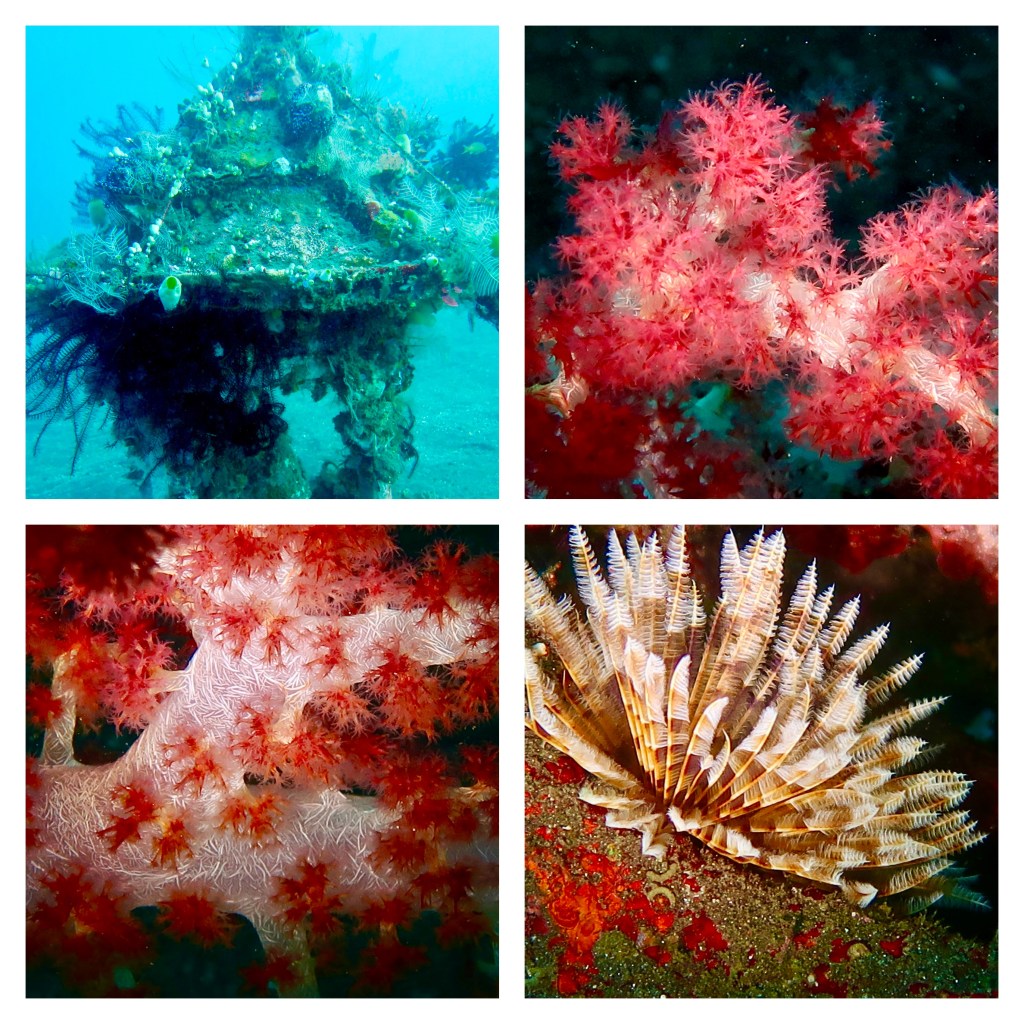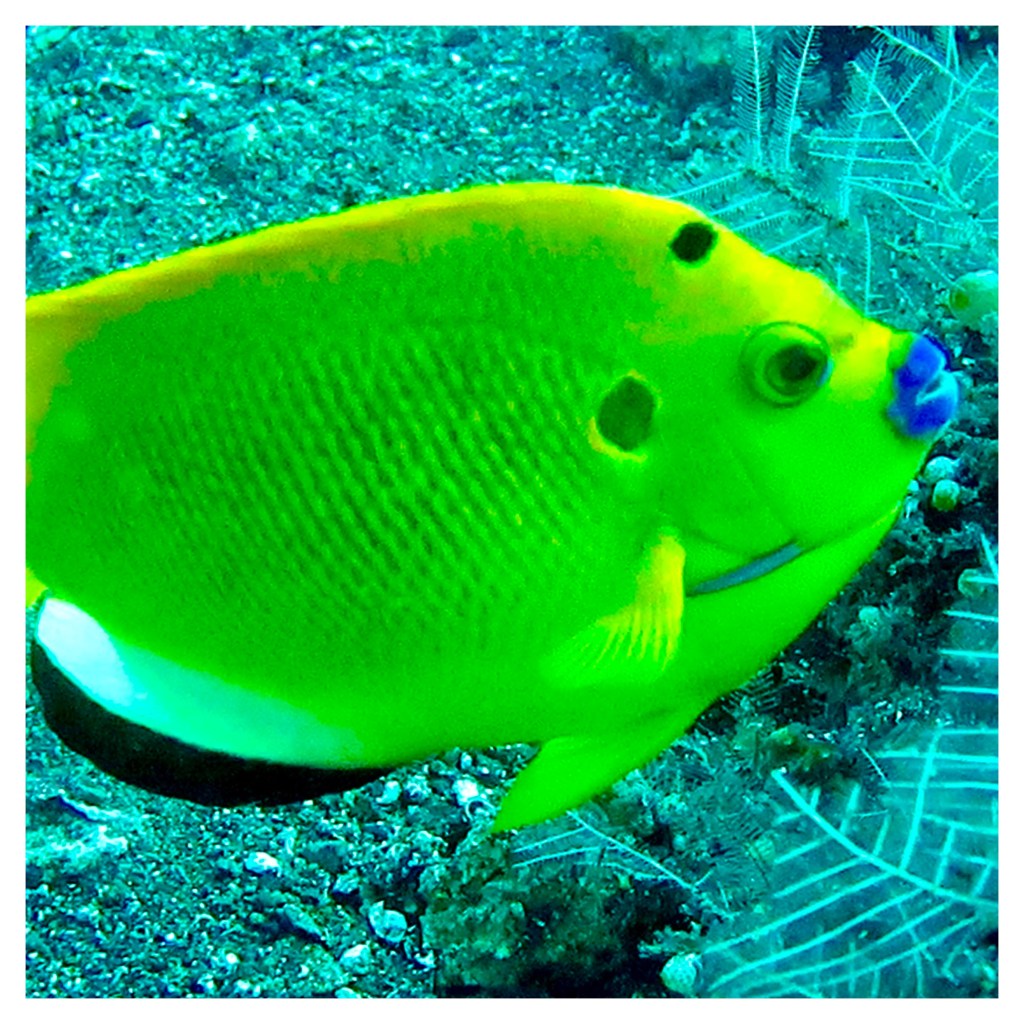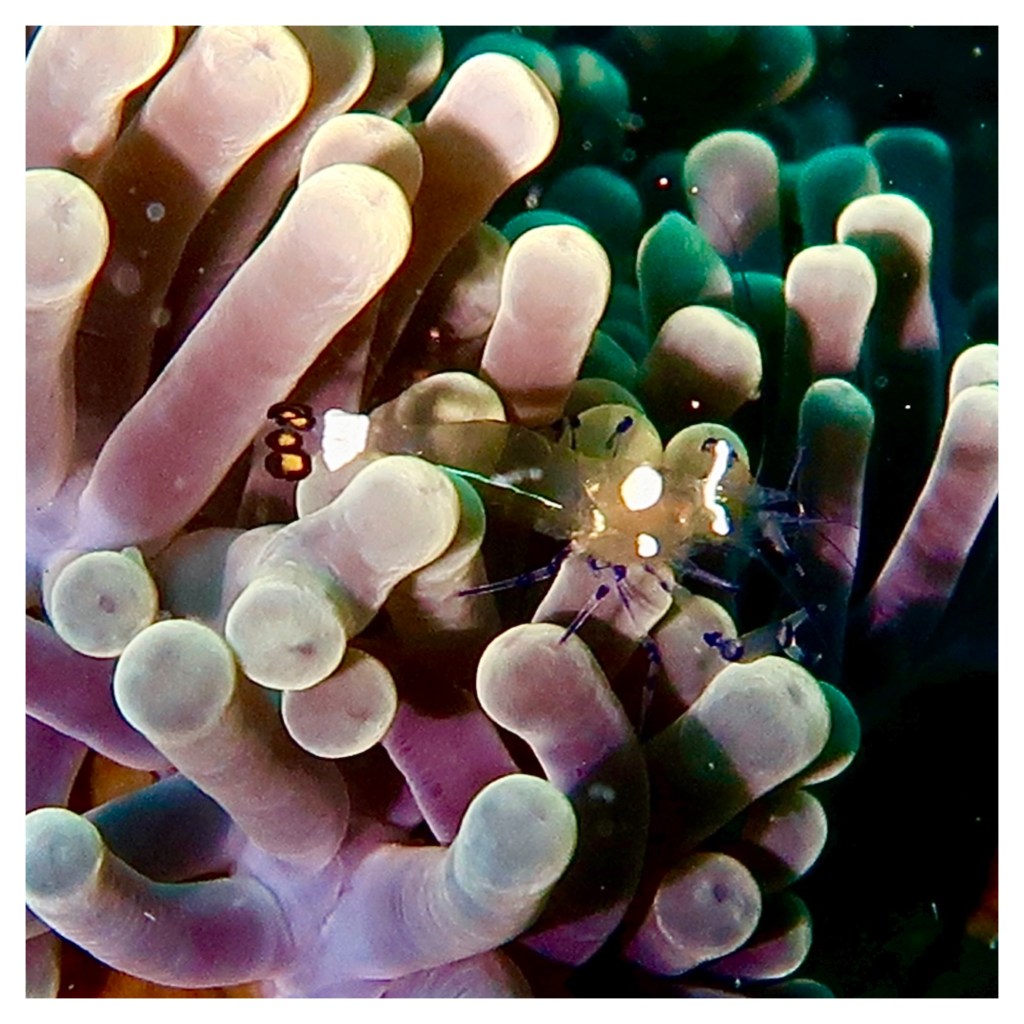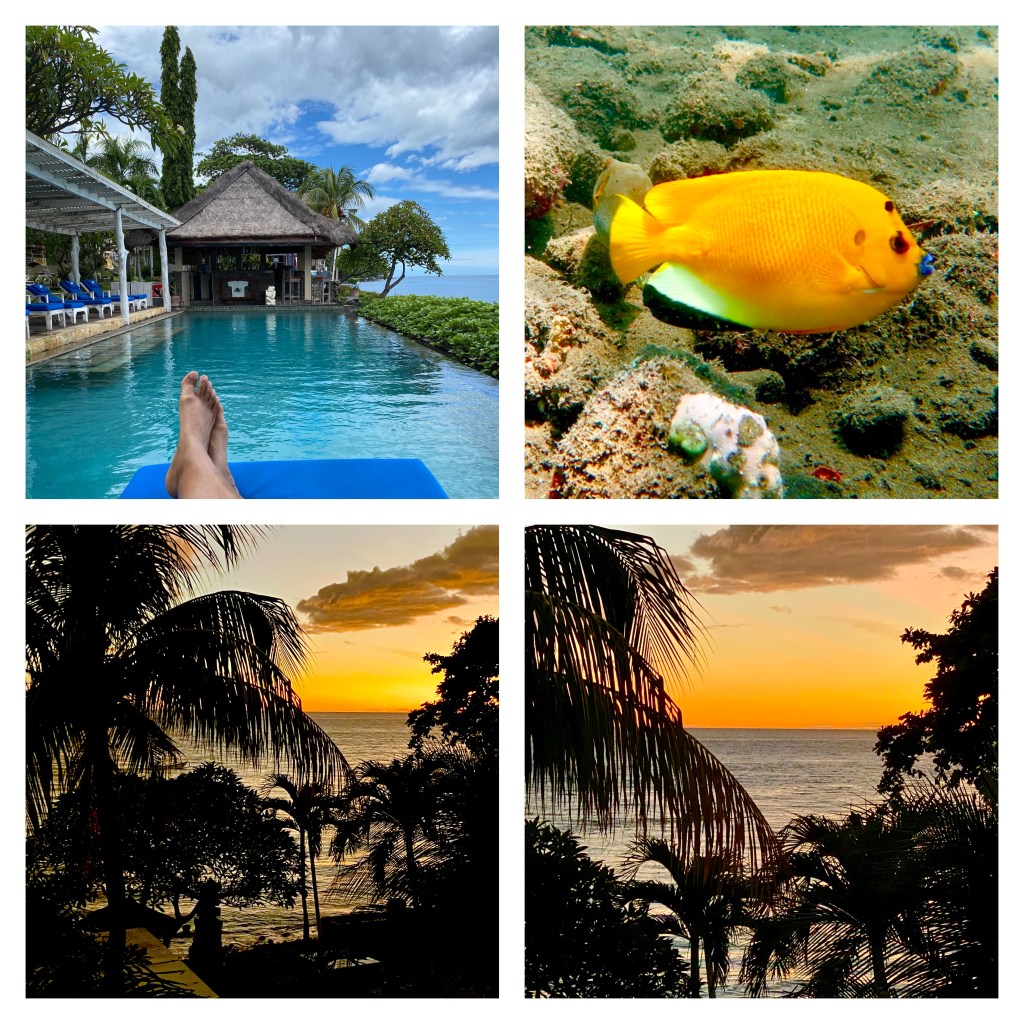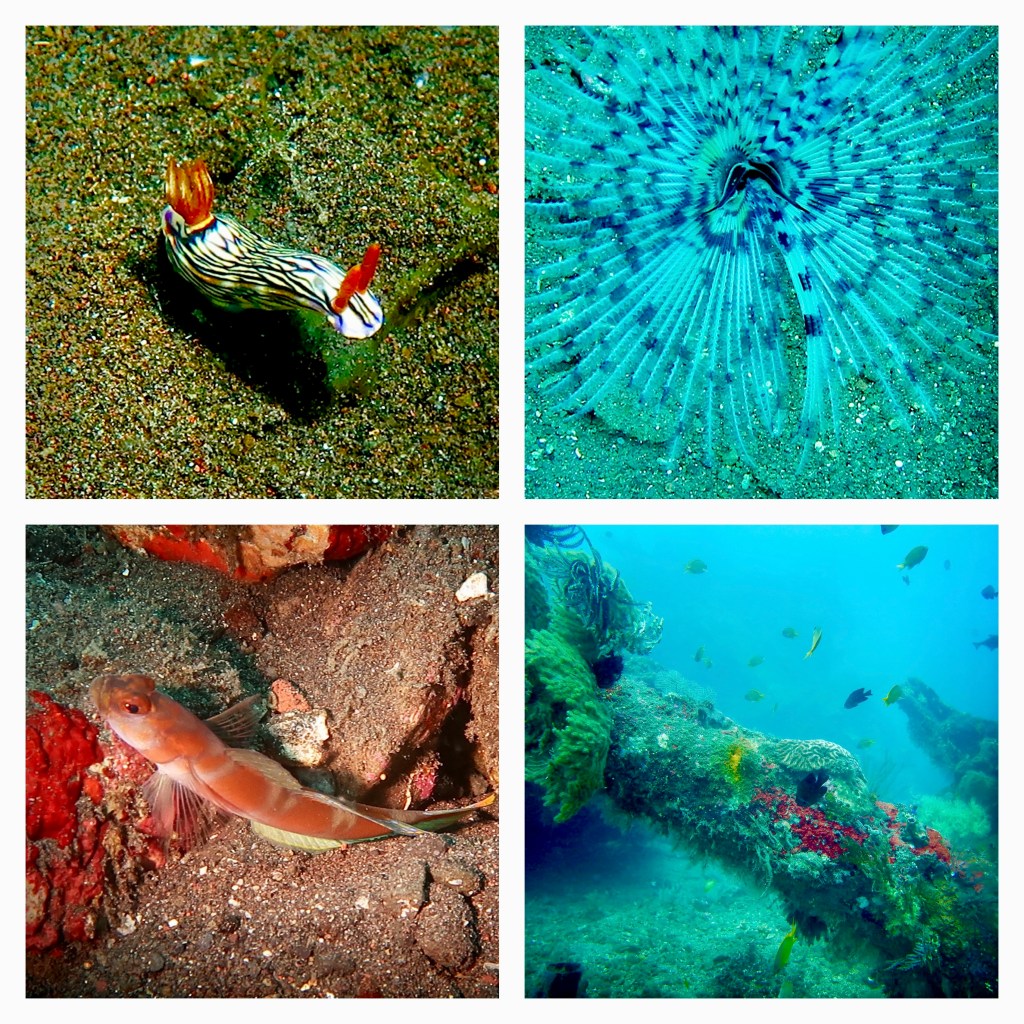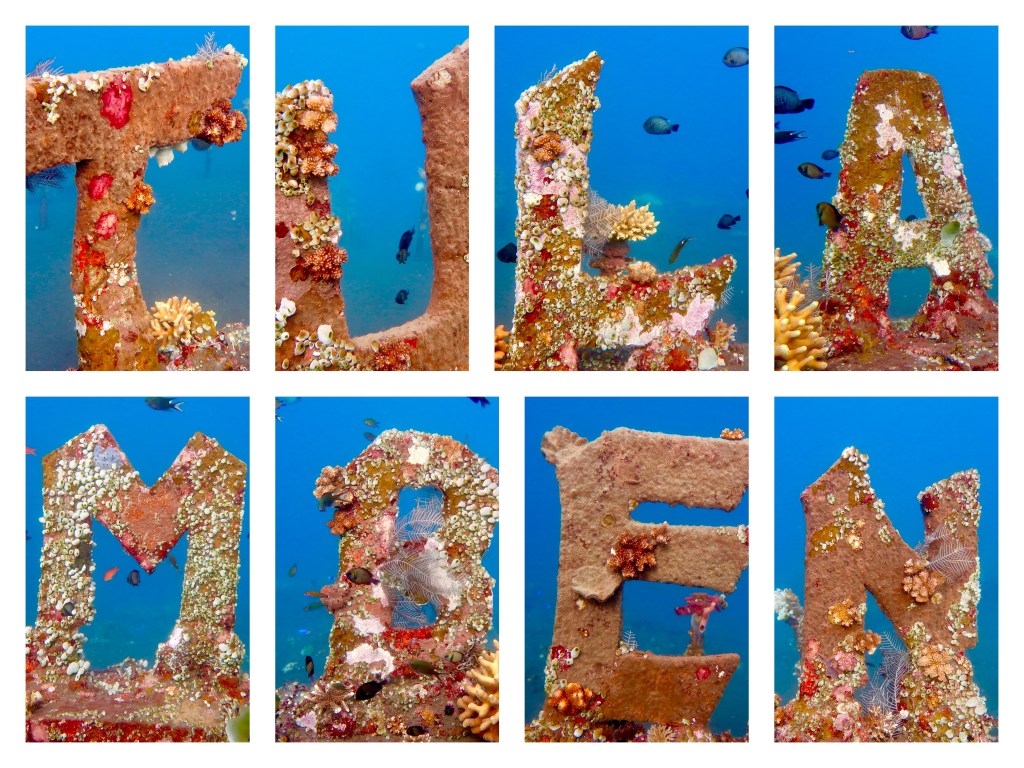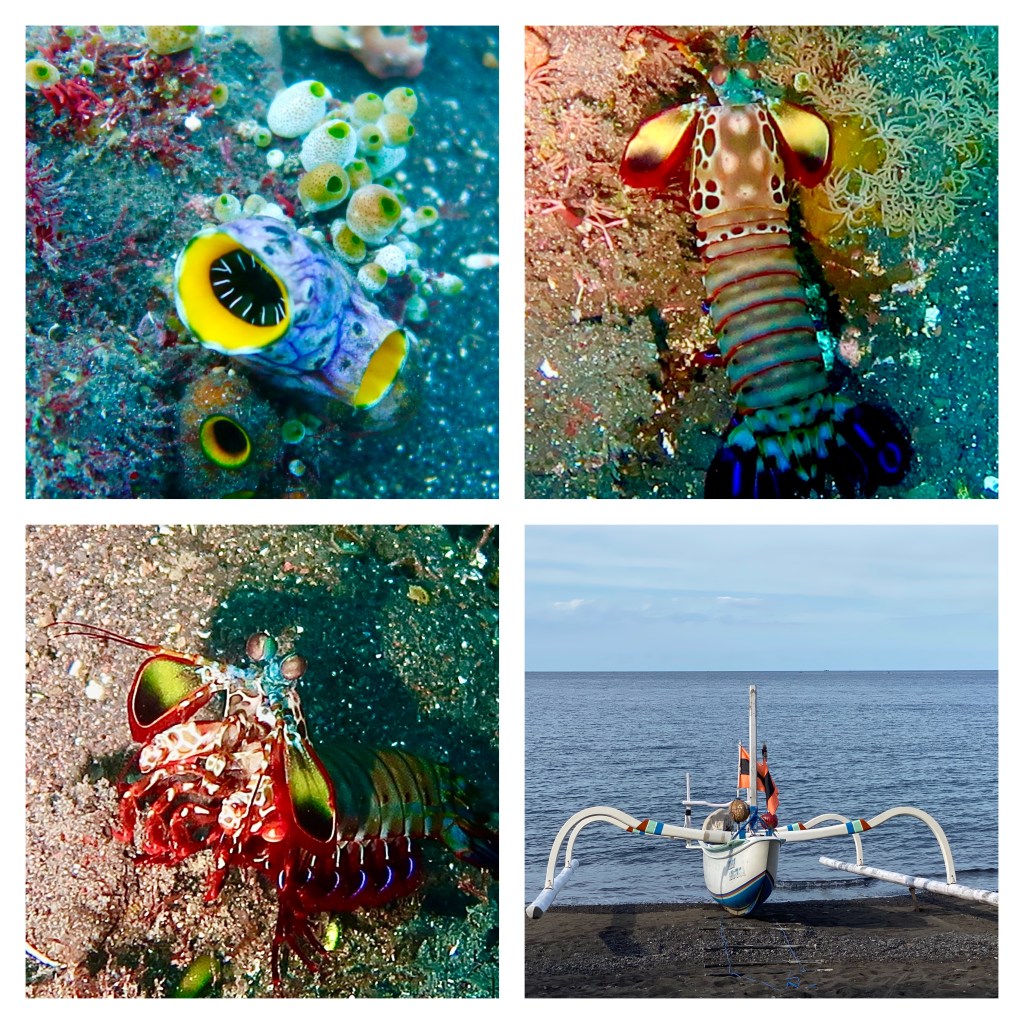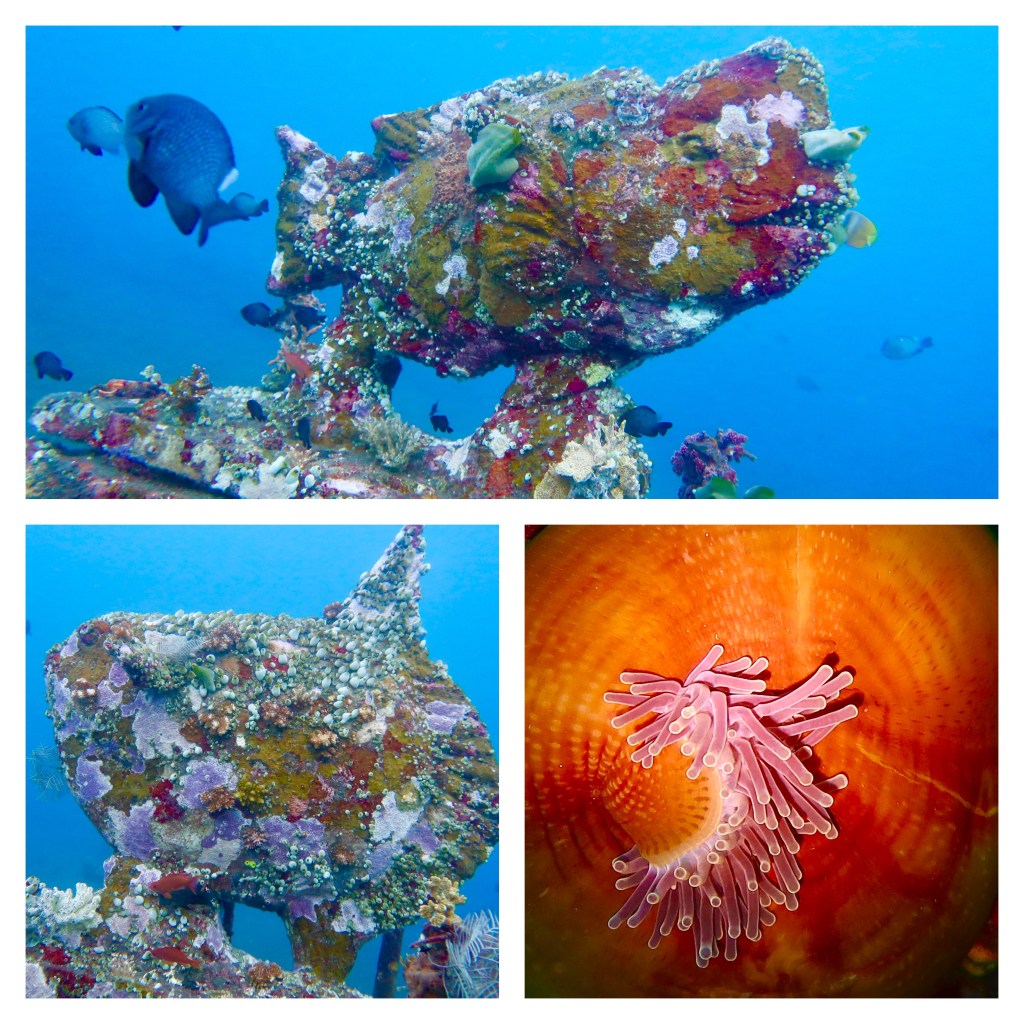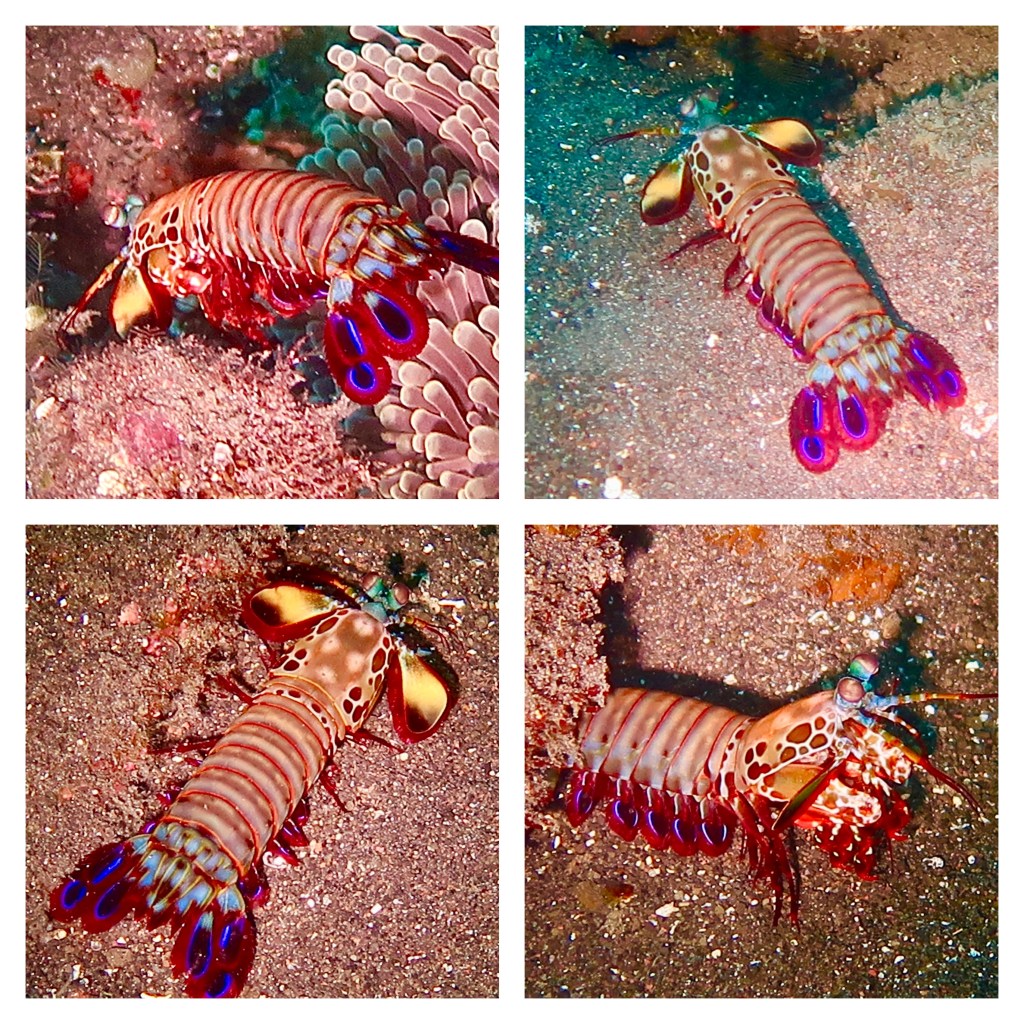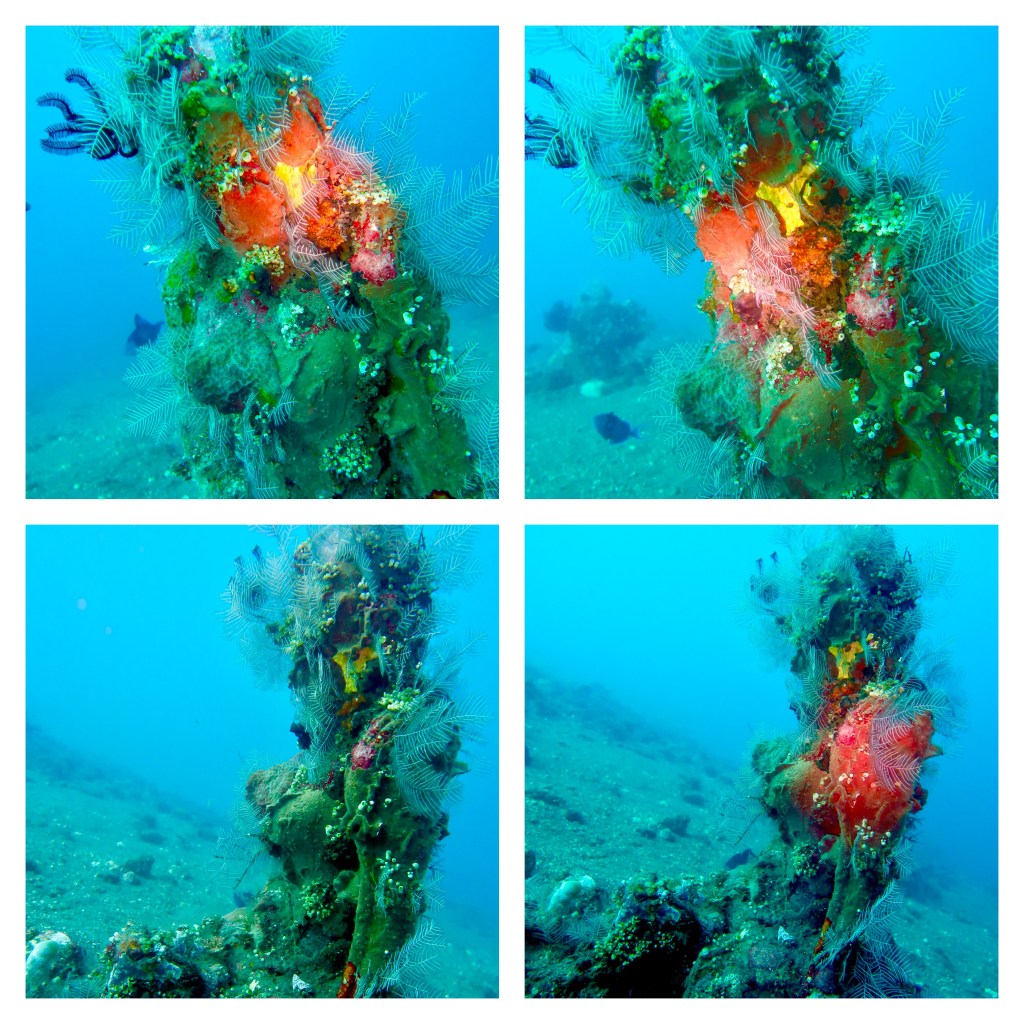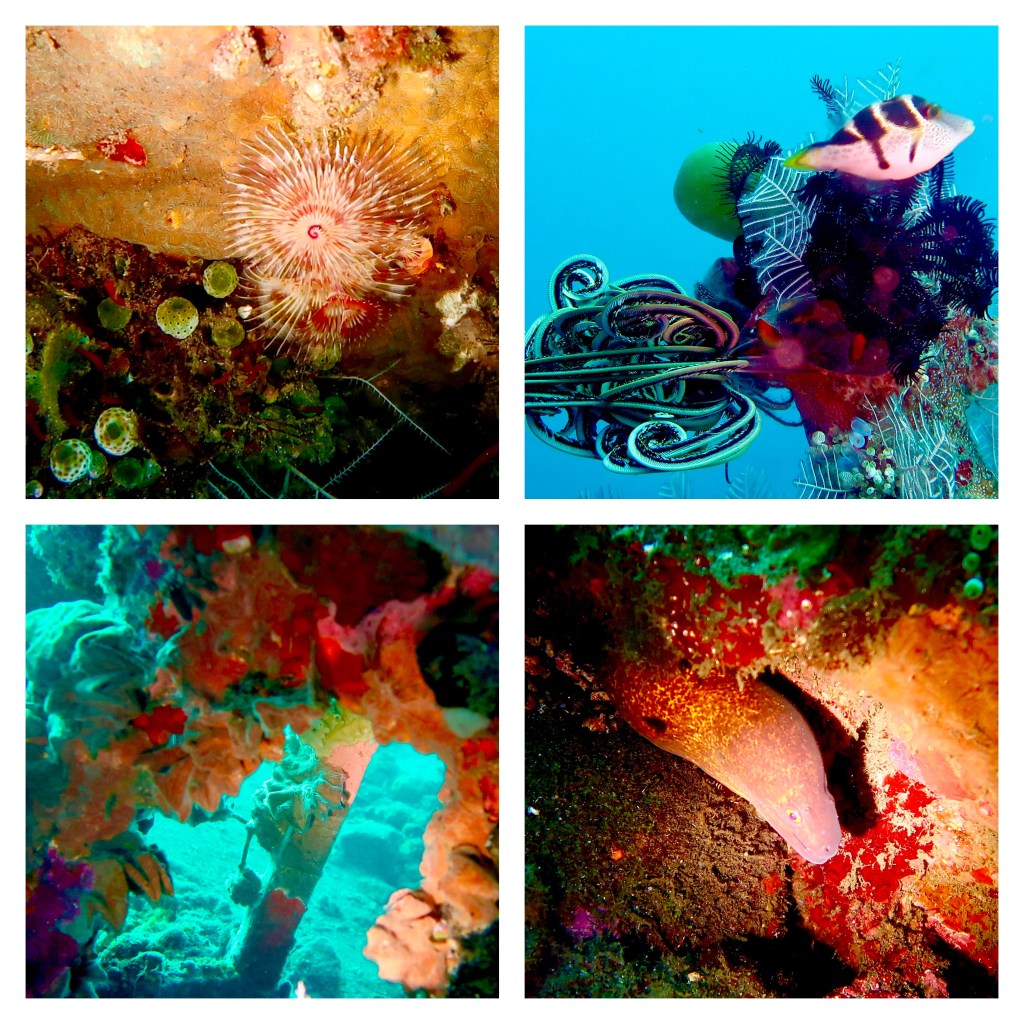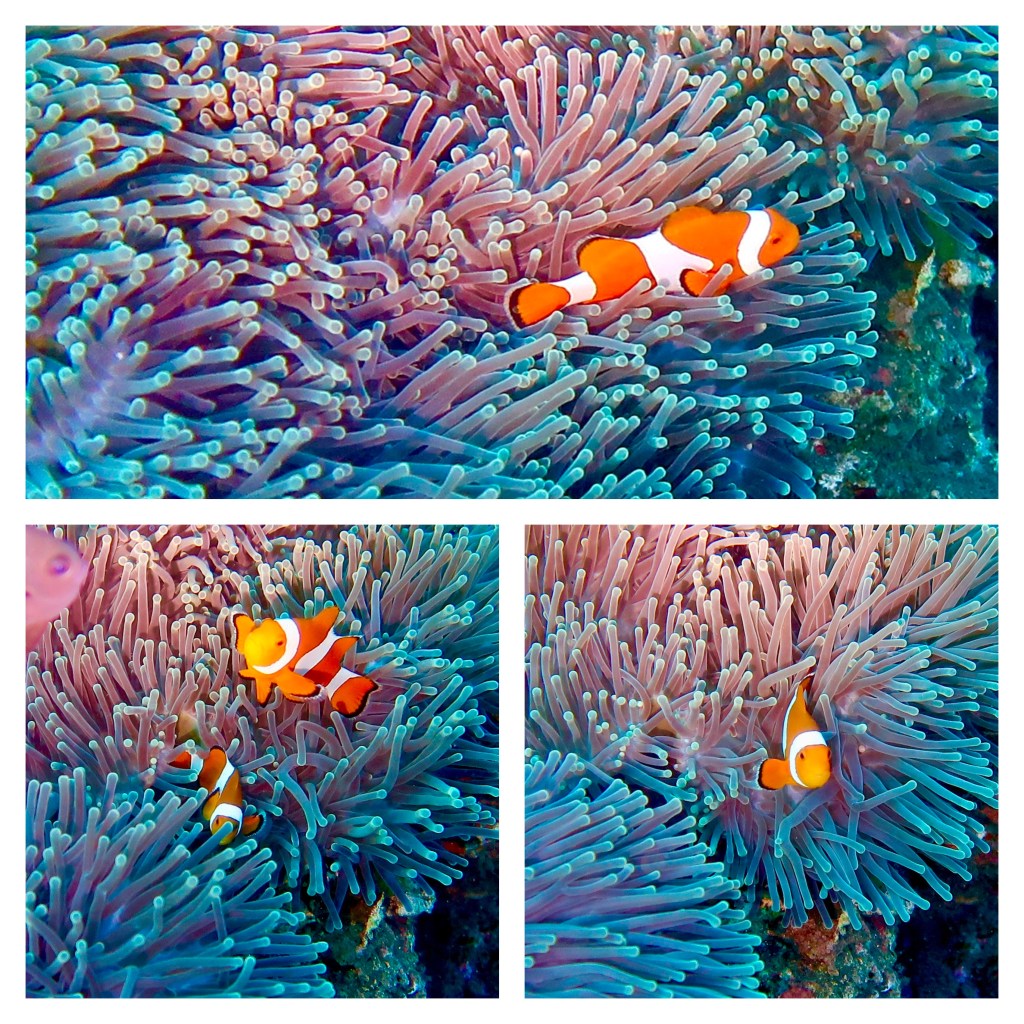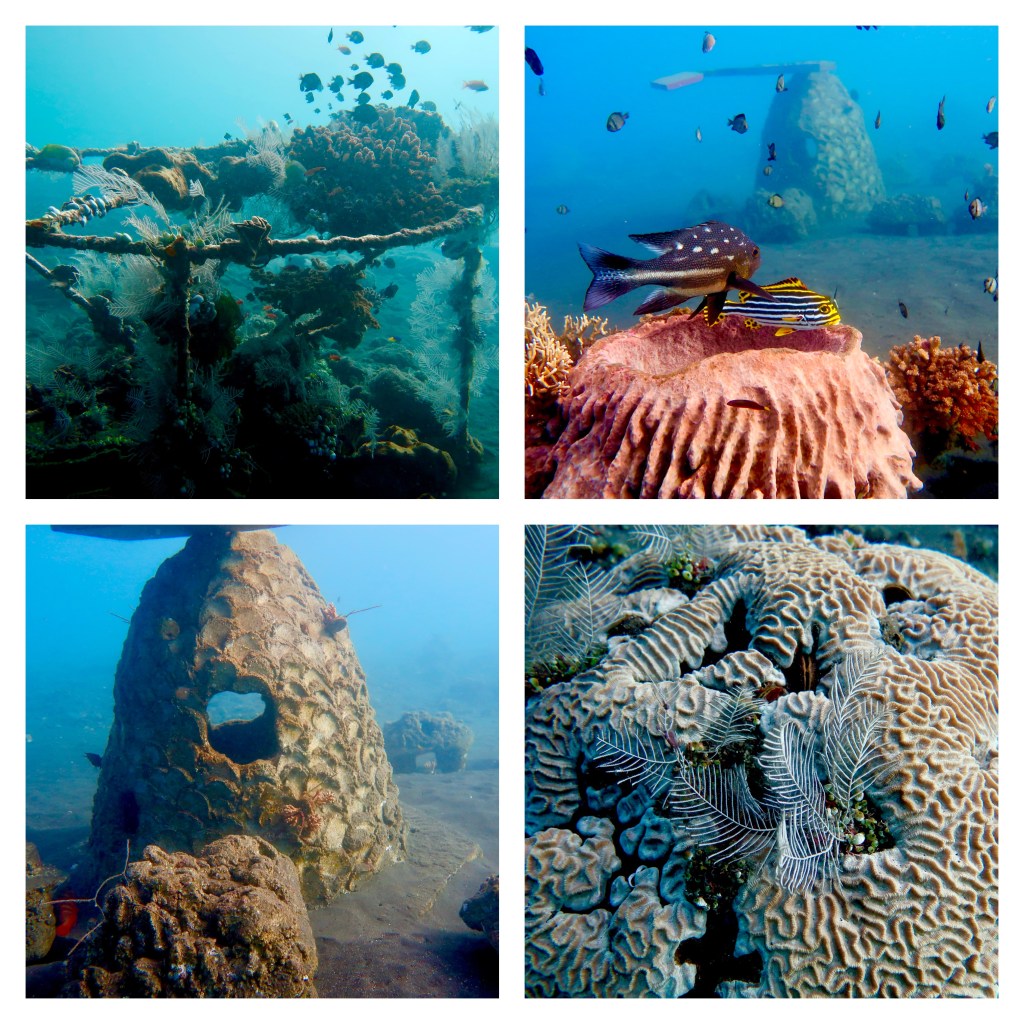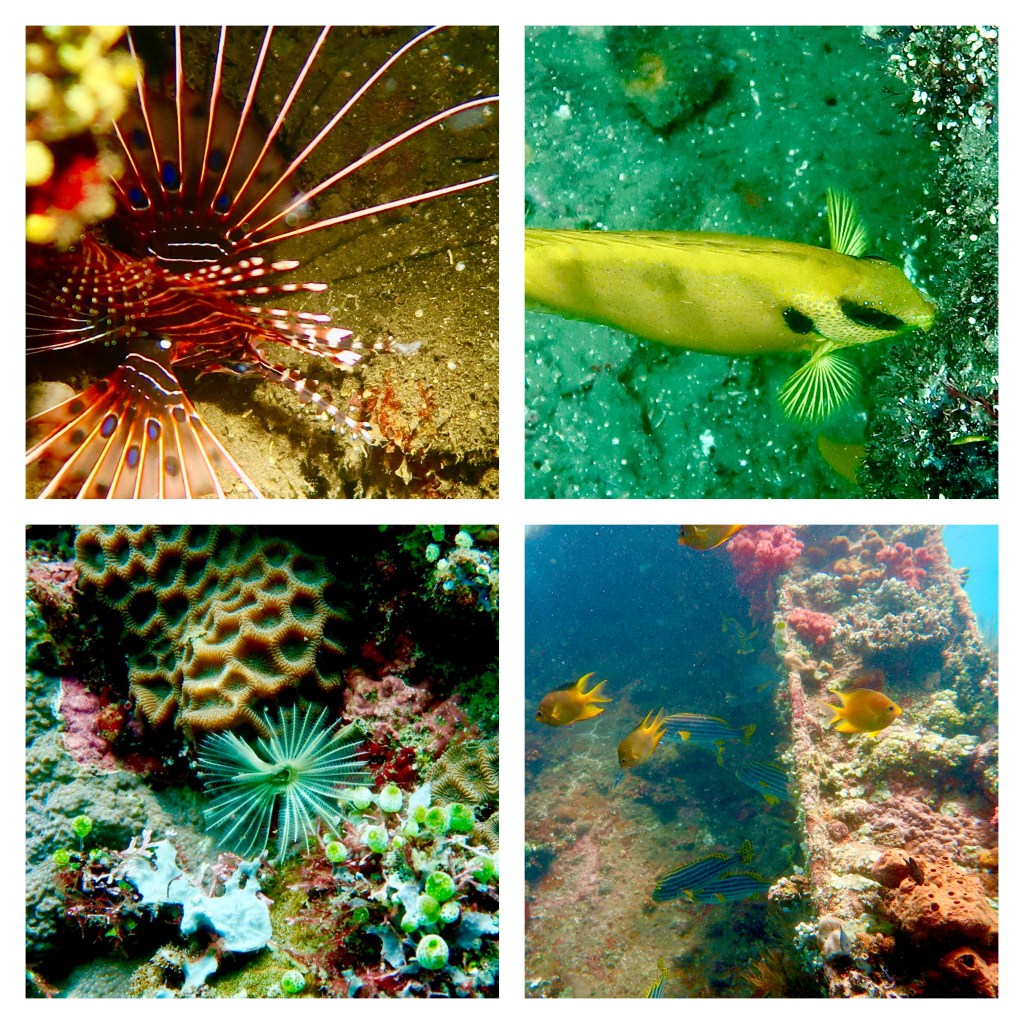Diving The US Liberty Wreck and The Coral Garden In Tulamben, Bali
Diving The US Liberty Wreck and The Coral Garden In Tulamben, Bali
My first reaction upon landing in Bali, Indonesia again, was: “Thank God I’m back in Bali!”
Unfortunately, we did not escape being affected by the smoky air in Luang Prabang, Laos.
Both of us started coughing like heavy smokers and had runny noses.
We took multiple Covid tests which were all negative.
It was obvious to us that this was not any flu or virus, but that our bodies needed to process out the last ten days of constant smoke inhalation.
We came to Bali mostly to dive.
We chose two diving destinations on the island’s more remote northern coast.
Our first destination was Tulamben, located on the northeast coast of Bali.
It is a black volcanic sand beach, with water so clear it is hard to believe that you are swimming in the sea, and not in a freshwater lake.
This natural “water filtration” is the result of the volcanic rocks and the sun, which are used all around the world in the purification of drinking water and the removal of sediments.
We booked a small and very active dive resort, which offered divers the opportunity to dive up to five times per day.
Most dive resorts are not as flexible as this place is.
It operates more like a live-aboard dive boat, but with cool vibes, great places to relax around the pool, and spacious, comfortable suites.
There are a variety of dive sites accessible right from shore.
I was assigned my own dive master to take me diving alone.
This was a huge plus for me.
In many places, we go diving in a group, and as an experienced diver, I sometimes have to dive with beginners who run out of air too soon, or have to stay in too shallow depths, or simply are clueless and kick others in the head or face because they are unaware of what they are doing underwater.
Unfortunately, my clogged ears did not allow me to regulate the pressure underwater and my sinuses were very congested, so I was only able to dive twice while we were in Tulamben.
Tulamben is famous for its wreck dive of the US Liberty ship, that was torpedoed by the Japanese navy during World War Two.
Built in 1918 in New Jersey, the Liberty was 120 meters long, 17 meters wide and weighed 6,211 tons.
During World War One, the Liberty made several trips from New York to France, carrying horses and general cargo.
By the time the United States entered World War Two in December of 1941, the Liberty was in the Pacific, continuing to function as a cargo ship.
On January 11th, 1942, the US Liberty was carrying rubber and railroad parts from Australia to the American bases in the Philippines.
During its journey, the Liberty was torpedoed by a Japanese submarine while restocking in the Lombok Strait.
Wounded but not yet sunk, she was towed towards Singharaja town in North Bali.
It was hoped that she could be repaired there, but she started to take in too much water.
Instead, she was beached at Tulamben on the North East coast of Bali, so that her cargo and fittings could be quickly salvaged.
And there she sat for over 20 years.
In February, 1963, the Liberty met her final resting place.
The local volcano, Mount Agung, which rises up on the horizon as a backdrop to Tulamben, became active for the first time in 120 years, resulting in a series of earthquakes.
This land movement caused the ship to slip off the shore and into deeper water, breaking her apart at the bow and the stern.
Luckily, this created a fabulous dive site that is suitable for all levels of divers.
The shipwreck rests parallel to the shore.
Her highest point is just 3 meters down and her lowest is at 29 meters, so the whole length of the ship can be explored.
The Liberty wreck is also an easy snorkeling site because it lies just 10 meters from the beach.
In the sixty years since it finally sank, the Liberty has been growing an amazing live coral reef.
It is covered in colorful coral and is now home to over 400 species of fish, including the large bump-head parrotfish.
Many dive shops offer night dives to see the bump-head parrotfish rest there in the wreck at night.
Luckily, I had no sinus or ear problems during the dive, perhaps because we walked slowly into the water from shore, and I didn’t need to deal with any sudden increases in air pressure underwater.
My second dive in Tulamben was at the coral garden, which was a mix of natural and artificial reefs made by sinking Hindu statues.
We loved our stay in Tulamben and took a day trip to see the town of Amed, another diving destination in northeast Bali and a place where they have salt fields.
Amed was crowded with budget travelers, restaurants and rustic guesthouses.
As I laid my head down to sleep at night, a mantra kept repeating itself in my head.
It said:
“It is SO SO good to be back in Bali again…”
From Tulamben with love,
Tali






